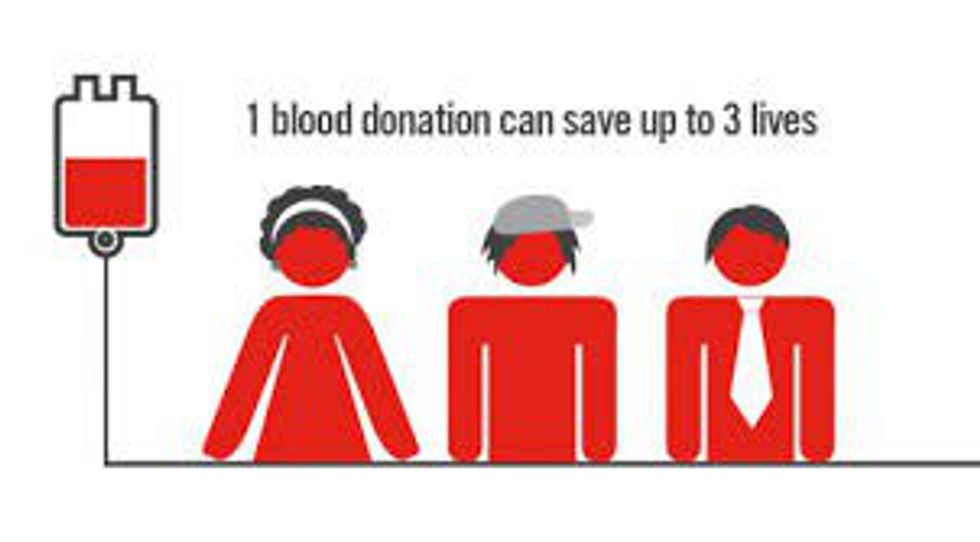For most Americans, the 1980's were notorious for a lot of things: Madonna, big hair, and the invention of the ever elusive McRib.
For the LGBT community, the 80's were a time of freedom, discovery, and death.
June 5, 1981 marks the first reporting of a rare lung infection found in five gay males, showing immunity issues. Less than a year later, the first American AIDS clinic is founded. Since this time, 658,507 people with AIDS have died in America. The CDC points out that that number is all deaths of AIDS patients, but those deaths may or may not be AIDS related themselves.
To compare, 800 women die everyday from birth complications worldwide. That's nearly 300,000 women around the world in one year. Not to mention that 10 percent of all hospital visits are of patients requiring a transfusion. with over 4.5 million people who would die annually without a transfusion. There is a need of over 11 million pints yearly. Each person can donate approximately 6 times per year, if half the gay population of America donated the maximum amount, the problem would be nearly fixed!
As of last December, Congress changed the laws. Gay men (and those who like to sleep with them) were no longer permanently banned from donating blood. The new terms require a potential donor to abstain from same - sex intercourse for 12 months. That means that members of a monogamous, STD - free, gay marriage would be banned from donating, but a man who visited a glory hole a few years back who never got tested is ok to pump his veins.
The donor process is a lot more complex than "walk in, get pumped, eat donuts, wear sticker." After having a brief health screening to make sure you're healthy enough to donate, you are then pumped using a sterile needle. After you're sent on your way with coupons and a T-shirt, your blood is then processed through approximately eleven different tests, including those for HIV/AIDs, syphilis, and hepatitis B & C. The only blood that makes it into a patient has been proven clean and healthy. For the rejected blood, the donor is notified as to the test results.
Literally, there is no downside to lifting the ban, it is a win - win. More potential donors will be eligible, which means our blood supply will increase, which will help save as many as 3 lives per donated pint. It also allows people to be tested for infectious diseases, and if we haven't figured it out by now, knowledge is power. More people will be able to get an accurate diagnosis, as well as be able to seek treatment.
Yes, AIDS is a huge health concern, but today's LGBT community does not face the same fears our brothers and sisters faced nearly 40 years ago. We are not watching our friends and family members withering away, we are not comparing T - cell counts, and we are not hiding. Donated blood saves lives, and you won't be concerned with who donated when you're wishing someone, anyone would give a pint to save a person you love.
If you are interested in donating blood, you can get more information here.















































